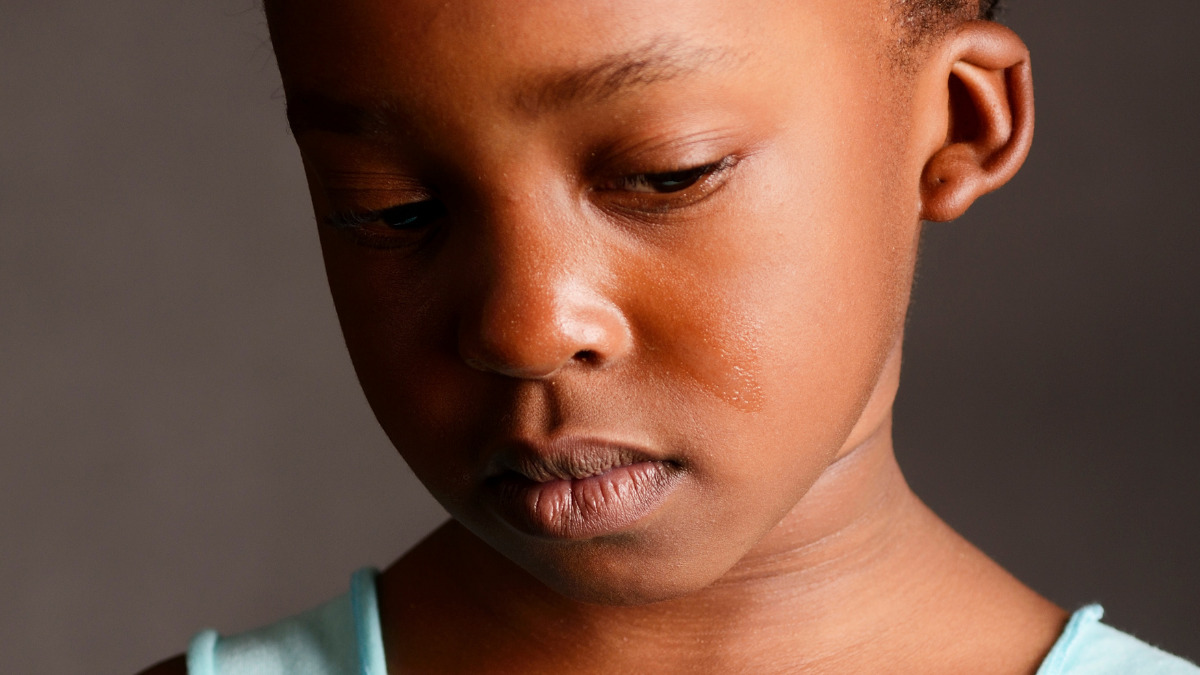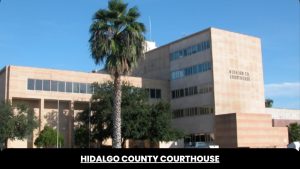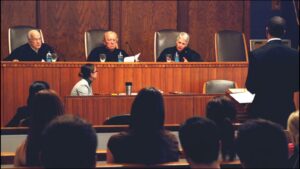Understanding Child Abuse: Forms, Impacts, and Healing
Child abuse is a deeply distressing and prevalent issue that affects the lives of countless children worldwide. This article sheds light on various forms of child abuse, its profound impact on a child’s mental and physical well-being, and strategies for healing from the trauma.
Child abuse encompasses various forms of wrongful treatment, including physical, emotional, and sexual abuse, as well as neglect. It has dire consequences on a child’s health, welfare, and self-esteem. This article delves into the multifaceted issue of child abuse, examining its different manifestations, the toll it takes on young lives, and approaches to healing and recovery.
Indicators of Child Abuse
Signs of Physical Abuse
Physical abuse manifests through unexplained facial injuries, burns, bruises, dislocations, and internal damage. Children subjected to physical abuse may exhibit vomiting, breathing difficulties, and a range of physical ailments.
Signs of Sexual Abuse
Sexual abuse is characterized by bruising around the genital area, painful urination or defecation, discharge in genital or rectal areas, and difficulty walking or sitting. This form of abuse can have long-lasting emotional and psychological effects.
Signs of Neglect
Neglect is the failure of caregivers to meet a child’s basic needs, such as hygiene, proper clothing, and access to medical care. Malnutrition, poor weight gain, and worsening medical conditions are telltale signs of neglect.
Behavioral Cues of Child Abuse
Child abuse often leaves emotional scars that manifest in behavioral cues such as excessive crying, nightmares, bedwetting, poor concentration, and development of phobias. Children may also display fear around parents or caregivers and exhibit speech difficulties.
Types of Child Abuse
Physical Abuse
Physical abuse involves the deliberate infliction of physical harm on a child by parents or caregivers. It includes hitting, burning, biting, or restraining a child with the intent to harm. Physical abuse affects a significant percentage of maltreated children and can lead to severe injuries.
Emotional Abuse
Emotional abuse may not leave visible physical marks, but it can be equally damaging. It occurs when a child is degraded, terrorized, isolated, or exploited emotionally. Emotional abuse can lead to long-term psychological issues, including anxiety, depression, and low self-esteem.
Sexual Abuse
Sexual abuse entails forcing children into sexual acts or exposing them to sexual content they don’t understand. It includes sexual assault, rape, fondling, and non-contact acts like taking inappropriate photographs. Survivors of sexual abuse often grapple with guilt, shame, and psychological trauma.
Neglect
Neglect is the failure to meet a child’s basic needs, such as healthcare, nutrition, and safety. It’s the most common form of child abuse and can result in poor physical and emotional development, as well as lifelong health issues.
Impact of Child Abuse
Impact of Physical Abuse
Physically abused children may suffer fractures, burns, and disfigurement, leading to seizures and cognitive issues. The mental effects can include post-traumatic stress disorder (PTSD) and cognitive retardation.
Impact of Emotional Abuse
Emotional abuse can disrupt a child’s sense of self, causing anxiety, depression, low self-esteem, and delinquent behaviors, such as substance abuse.
Impact of Sexual Abuse
Child survivors of sexual abuse may experience anger, guilt, and shame. They are at higher risk of anxiety, depression, and inappropriate sexual behaviors. In adulthood, survivors may struggle with addiction, relationship problems, and suicidal thoughts.
Impact of Neglect
Neglected children may perform poorly in school and face emotional and behavioral challenges. Health issues, such as heart and liver disease, can also be traced back to childhood neglect.
How to Manage the Effects of Child Abuse
Suspected cases of child abuse should be reported to child protection services or law enforcement agencies. Physical abuse victims require immediate stabilization and medical examinations. Therapy, medication, or a combination of both can help survivors of abuse and neglect.
Healing From Childhood Abuse With Former NFL Player Reggie Walker
Child abuse is a widespread issue, but healing is possible. Seeking therapy and support can be instrumental in overcoming the trauma. Reporting suspected abuse is crucial to protecting children from further harm.
Conclusion
Child abuse, in all its forms, has far-reaching effects on a child’s well-being. However, with the right interventions, such as therapy and support, healing and recovery are achievable. It is essential to report suspected cases of child abuse to safeguard the welfare of our children.
FAQs
- What should I do if I suspect a child is being abused?
- If you suspect child abuse, report it to child protection services or law enforcement immediately to ensure the child’s safety.
- Are there long-term effects of child abuse?
- Yes, child abuse can have lasting psychological, emotional, and physical effects on survivors, affecting their well-being throughout life.
- How can survivors of child abuse seek help?
- Survivors can seek help through therapy, support groups, and, if necessary, medication to address the psychological impact of abuse.
- What can I do to prevent child abuse?
- Raising awareness about child abuse, supporting organizations that help abused children, and reporting any suspected cases are crucial steps in preventing child abuse.
- Is healing possible for child abuse survivors?
- Yes, healing is possible with the right support, including therapy and counseling, which can help survivors overcome the trauma and lead fulfilling lives.




